Home > Climate News >

Mississippi Valley Conservancy planting trees to help combat climate change
Carol Abrahamzon, Executive Director of the Mississippi Valley Conservancy, met with the local TV station to talk briefly about a restoration project they are working on.
“Abrahamzon says these trees are essential to providing a healthy habitat to the Coulee Region. The trees to be planted at the Conservancy’s Trempealeau Lakes nature preserve include swamp white oak, silver maple, and river birch.
Abrahamzon says that the selected tree species are native to the Driftless Area and will adapt well to this site and require little care after they become established. All of these benefits strengthen the land’s resilience to a changing climate…”
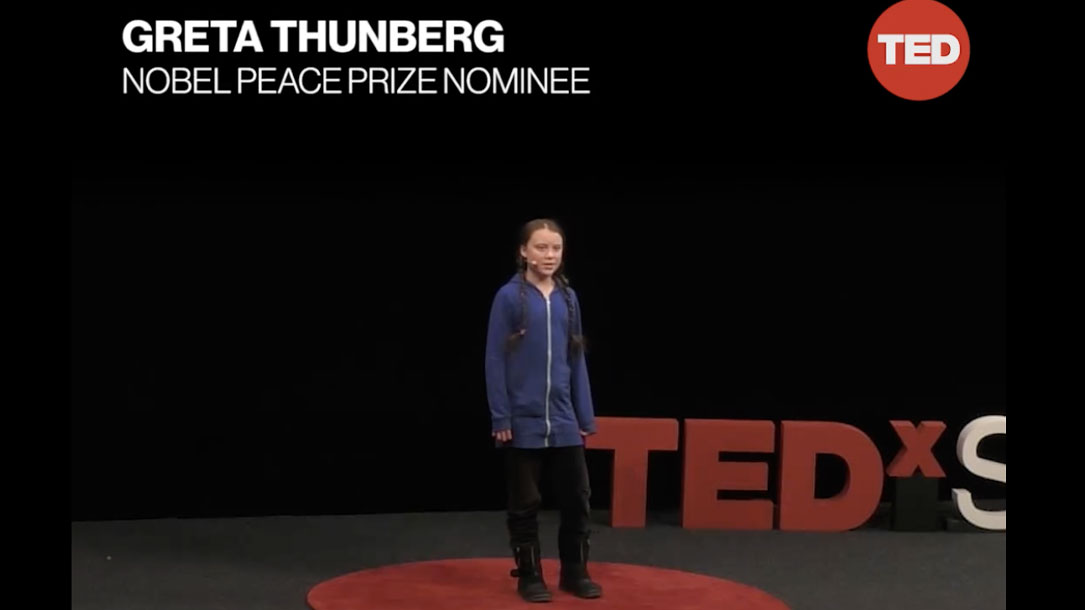
Watch Greta Thunberg’s full talk
“When I was about eight years old, I first heard about something called ‘climate change.’ I remember thinking that it was very strange. If burning fossil fuels was so bad that it threatened our very existence, how could we just continue like before. So, why are we not reducing our emissions?”
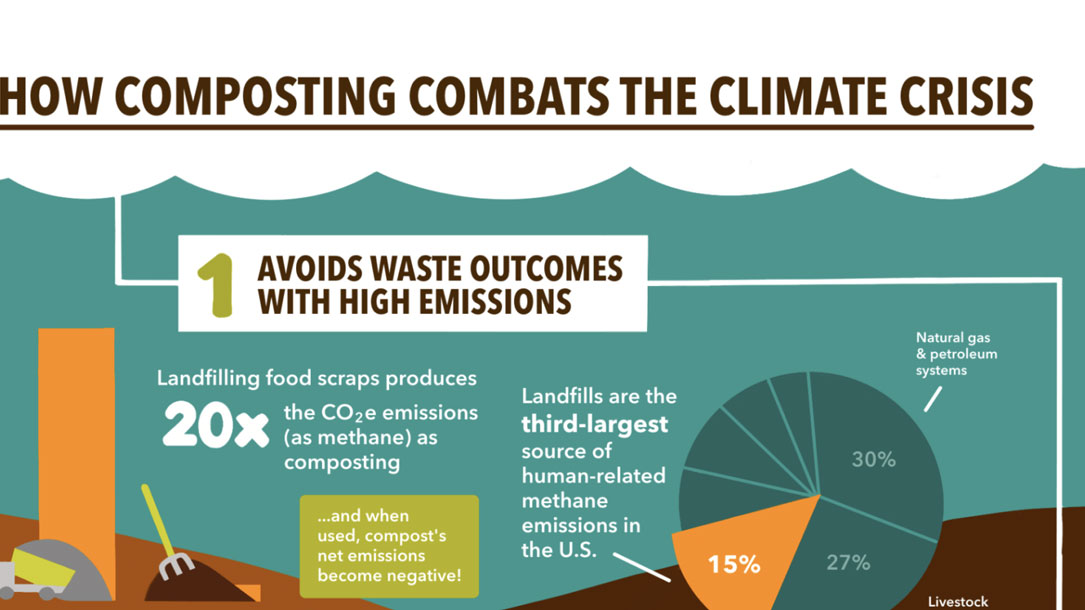
Infographic: How composting combats the climate crisis
Composting cuts greenhouse gas emissions, enhances the ability of soil to act as a carbon sink, and builds community resilience to climate disruptions.
Use our new graphic to share these benefits! It is available for your use (with attribution to the Institute for Local Self-Reliance).
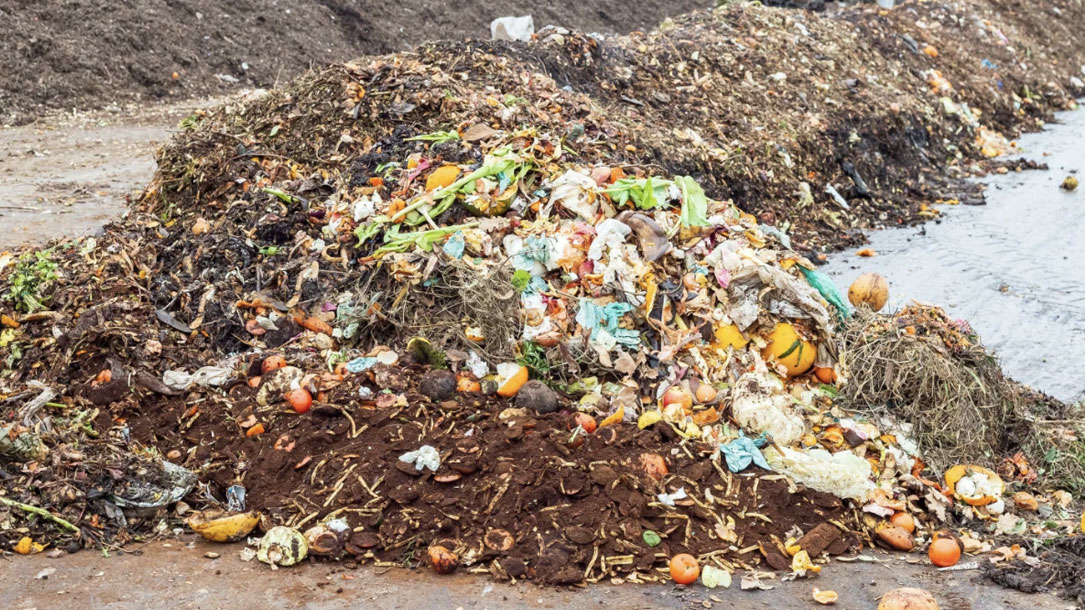
One simple way to slash methane pollution: composting
In the United States, a staggering one-third of all food — something like 130 billion meals annually — gets thrown out. Each year, that discarded stuff represents an estimated 170 million metric tons of carbon emissions — the equivalent of 42 coal-fired power plants…
According to a new study in the Nature Journal Scientific Reports, composting food scraps results in 38 to 84 percent fewer greenhouse gas emissions than tossing them in landfills…

Forterra: Modular prototype homes
The Modular Prototype of ModPro is the building block for the Forest to Home model and the first cross-laminated timber (CLT) modular multi-family home prototype constructed in the United States. Created in partnership with Zaugg AG Rohrbach, a leading timber construction and manufacturing company from Switzerland, ModPro was assembled, plumbed, and furnished in just 22 days.
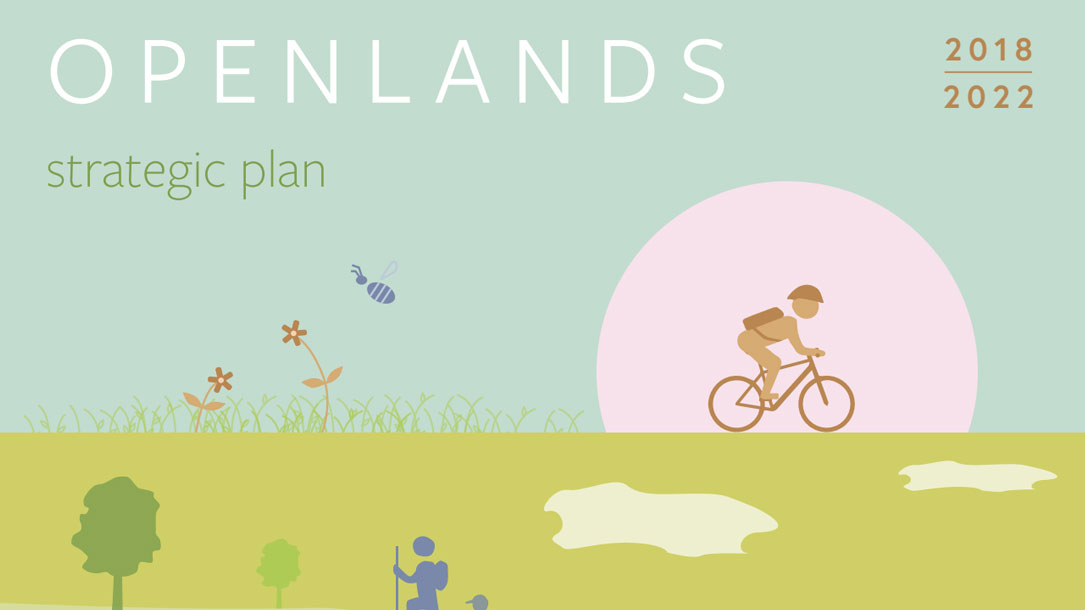
Openlands strategic plan
Openlands’ vision for the region is a landscape that includes a vast network of land and water trails, tree-lined streets, and intimate public gardens within easy reach of every city dweller. It also includes parks and preserves big enough to provide natural habitat and to give visitors a sense of the vast prairies, woodlands, and wetlands that were here before the cities. In sum, Openlands believes that protected open space is critical for the quality of life of our region.

National Land Trust Conference: September 6 – 9, 2023
Rally is where over 1,500 people who share your passion for conservation will re-energize and inspire you.
Join the Land Trust Alliance in Portland in September for a gathering packed with diverse topics to explore and great colleagues and friends to learn from and share with. Rally has all of the resources you want to take your conservation skills further. There’s no better way to invest in your future.
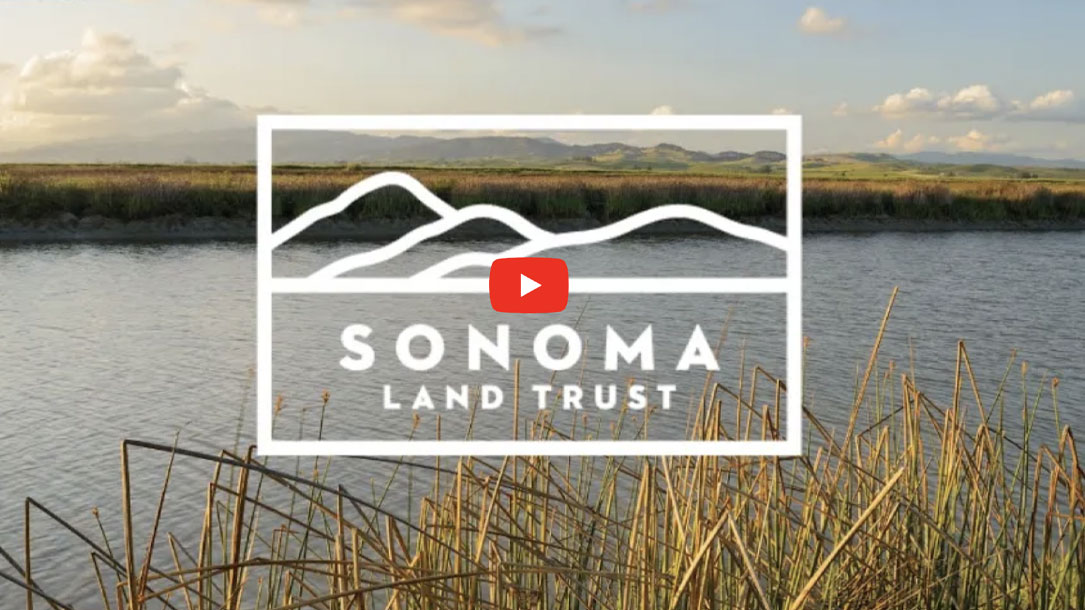
Video: Unpacking 30×30 for Sonoma County
The Land Trust is playing a key role in helping the state and nation achieve the 30×30 goal through purchase of land and stewardship of 17 nature preserves managed for biodiversity conservation, and most of their conservation easements which were originally identified for their unique biological value.
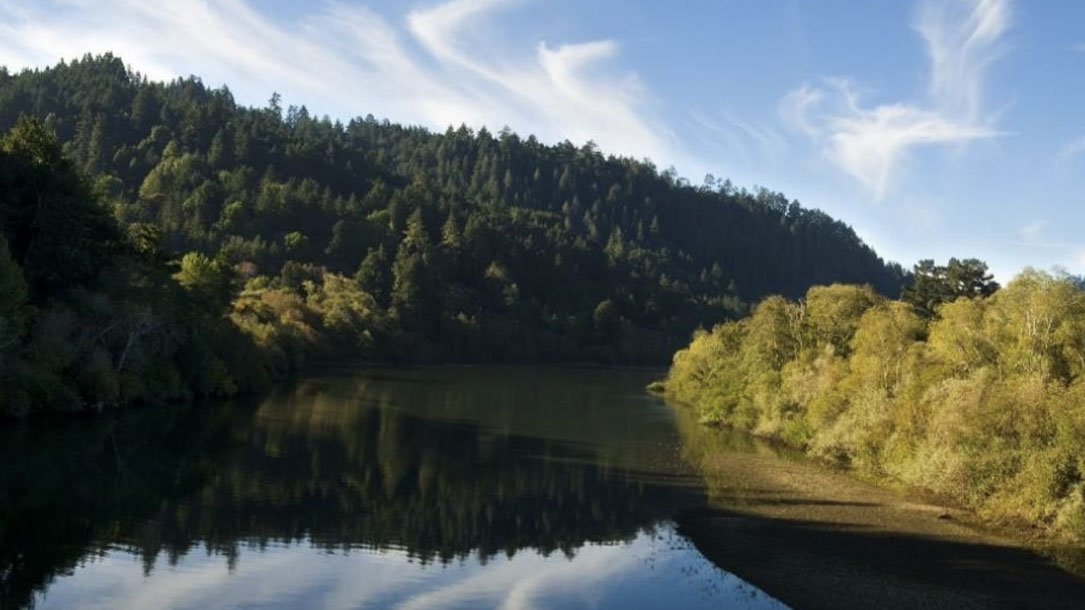
Sonoma Land Trust and 30×30
“California has joined over 72 countries, including the United States, in setting a goal of conserving 30% of our lands and coastal waters by 2030. Achieving this goal will allow California to protect biodiversity, expand equitable access to nature, and build resilience to climate change. Scientists warn that we must meet the 30×30 goal to avoid the worst impacts of a warming planet.
“From the San Pablo baylands, through the Marin Coast-Blue Ridge Critical Linkage, and into the Russian River watershed, Sonoma Land Trust has projects and programs focused on our most threatened species and habitat areas. Sonoma Land Trust is playing a key role in helping the state and the nation achieve the 30×30 goal through the purchase of land and stewardship of our 17 nature preserves managed for biodiversity conservation and most of our conservation easements which were originally identified for their unique biological value….”
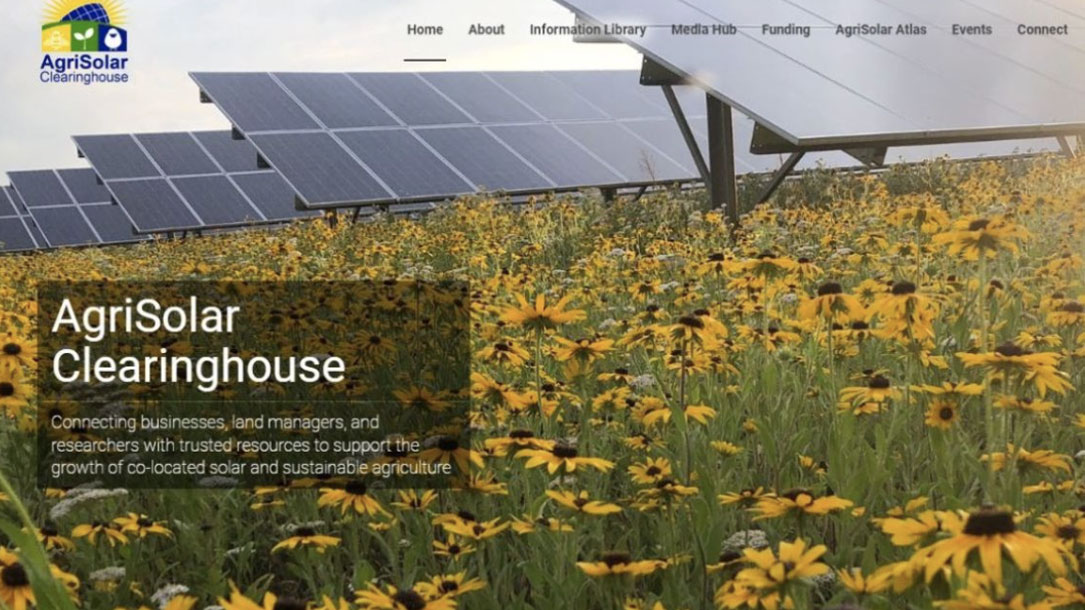
Farmer first solar: Agrivoltaics webinar series
The AgriSolar Clearinghouse is an information-sharing, relationship-building public communications hub for all things agrisolar. The AgriSolar Clearinghouse is offering a free series of webinars regarding research on how solar and agriculture can work (and are working) together to enhance farm/ranch viability, soil health, and water management.
Webinar topics include: the cost of agrivoltaics, growing crops under solar panels, taste differences among crops grown under panels, solar and pollinator habitats, and more. You can sign up here, or watch recordings of past webinars.












